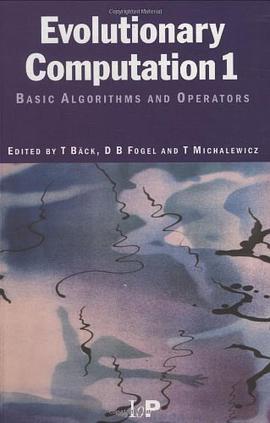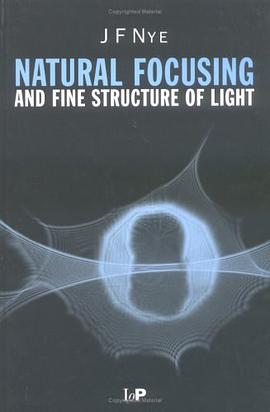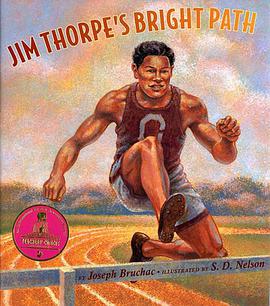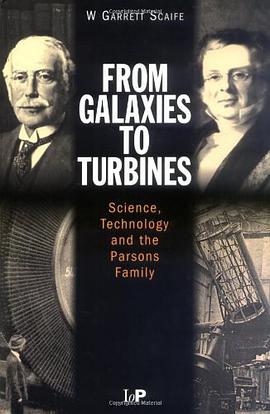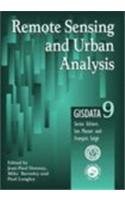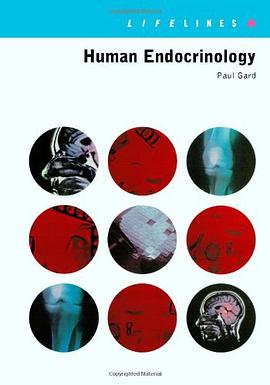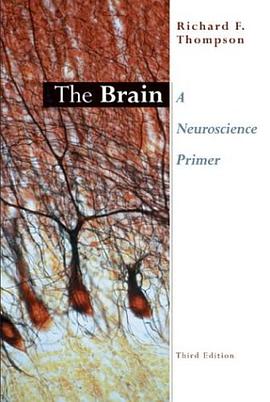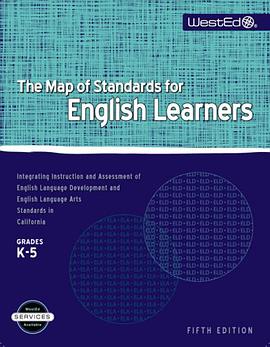

具体描述
The relationship between liquids and gases engaged the attention of a number of distinguished scientists in the mid 19th Century. In a definitive paper published in 1869, Thomas Andrews described experiments he performed on carbon dioxide and from which he concluded that a critical temperature exists below which liquids and gases are distinct phases of matter, but above which they merge into a single fluid phase. During the years which followed, other natural phenomena were discovered to which the same critical point description can be applied - such as ferromagnetism and solutions. This book provides an historical account of theoretical explanations of critical phenomena which ultimately led to a major triumph of statistical mechanics in the 20th Century - with the award of the Nobel Prize for Physics.
作者简介
目录信息
读后感
评分
评分
评分
评分
用户评价
相关图书
本站所有内容均为互联网搜索引擎提供的公开搜索信息,本站不存储任何数据与内容,任何内容与数据均与本站无关,如有需要请联系相关搜索引擎包括但不限于百度,google,bing,sogou 等
© 2026 book.wenda123.org All Rights Reserved. 图书目录大全 版权所有


